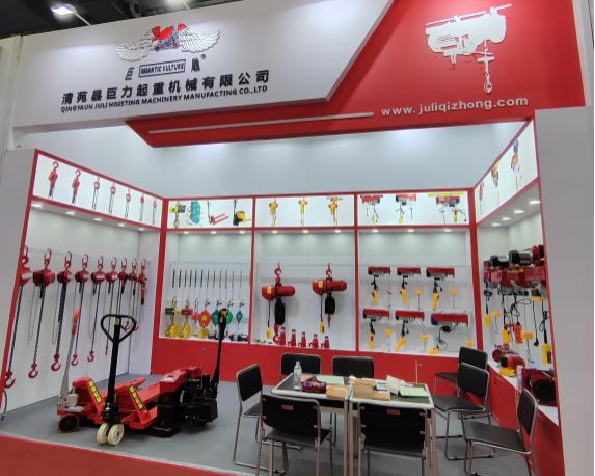


The Importance of Safety Protective Equipment Ensuring Workplace Safety
In today’s fast-paced and often hazardous work environments, the significance of using safety protective equipment (PPE) cannot be overstated. From construction sites and manufacturing plants to laboratories and healthcare facilities, the use of appropriate protective gear is paramount in safeguarding employees from injuries and health risks. This article dives into the various categories of PPE, the importance of proper usage, and the ongoing challenges associated with safety equipment in the workplace.
Understanding PPE
Safety protective equipment encompasses a wide range of gear designed to protect workers from potential hazards. Common types of PPE include helmets, gloves, eye protection, hearing protection, respiratory protection, and body protection, such as vests and full-body suits. Each category serves a specific purpose and is tailored to meet the needs of various industries.
1. Head Protection Hard hats are essential in construction and industrial environments to protect workers from falling objects and head trauma. 2. Eye Protection Safety glasses and goggles shield the eyes from dust, chemicals, and flying debris. They are vital in environments where eye hazards are present. 3. Hearing Protection Earplugs and earmuffs are critical in noisy work environments to prevent hearing loss and damage due to prolonged exposure to high decibel levels. 4. Respiratory Protection Masks and respirators are essential in facilities where workers are exposed to airborne contaminants, such as dust, fumes, and other hazardous substances.
5. Body Protection Gloves, aprons, and other protective clothing defend against cuts, chemical exposure, and electrical hazards, ensuring that employees remain safe while performing their tasks.
The Importance of PPE
Proper use of safety protective equipment is crucial for several reasons

- Injury Prevention The primary function of PPE is to reduce the risk of injuries. Regularly using appropriate gear can prevent serious accidents, ensuring that employees return home safely each day. - Legal Compliance Many countries have stringent occupational safety regulations that mandate the use of PPE in specific industries. Compliance not only protects workers but also shields employers from legal repercussions and financial penalties. - Health Protection In addition to preventing injuries, PPE plays a vital role in safeguarding workers' long-term health. For instance, adequate respiratory protection can prevent chronic respiratory diseases resulting from exposure to harmful substances. - Employee Morale Workers who feel safe are more likely to be productive and engaged. Providing essential safety equipment contributes to a positive work culture and demonstrates that employers value their employees’ well-being.
Challenges in PPE Utilization
Despite the clear benefits of PPE, several challenges persist in its implementation
- Lack of Training and Awareness Ensuring that employees understand how to use PPE correctly is fundamental. Often, workers may not receive adequate training, leading to improper use and diminished effectiveness of the equipment. - Comfort and Compliance Some employees may find PPE uncomfortable, leading to non-compliance. It's essential for employers to provide equipment that fits well and allows for flexibility to encourage usage.
- Cost Concerns While investing in safety equipment can be expensive, the cost of workplace accidents is often significantly higher. Prioritizing safety can lead to reduced insurance premiums and lower overall costs associated with accidents.
Conclusion
The role of safety protective equipment in the workplace is vital for ensuring employee safety and health. Employers must prioritize the provision of high-quality PPE and facilitate proper training for their workers to minimize risks effectively. By fostering a culture of safety and compliance, businesses not only protect their workforce but also enhance productivity and morale. As industries continue to evolve, ongoing training and innovation in PPE will be essential in meeting the challenges posed by new technologies and work practices. Ultimately, the implementation of effective safety measures is a shared responsibility—one that benefits employees, employers, and the entire community.



